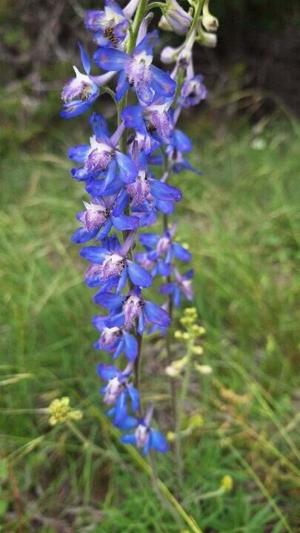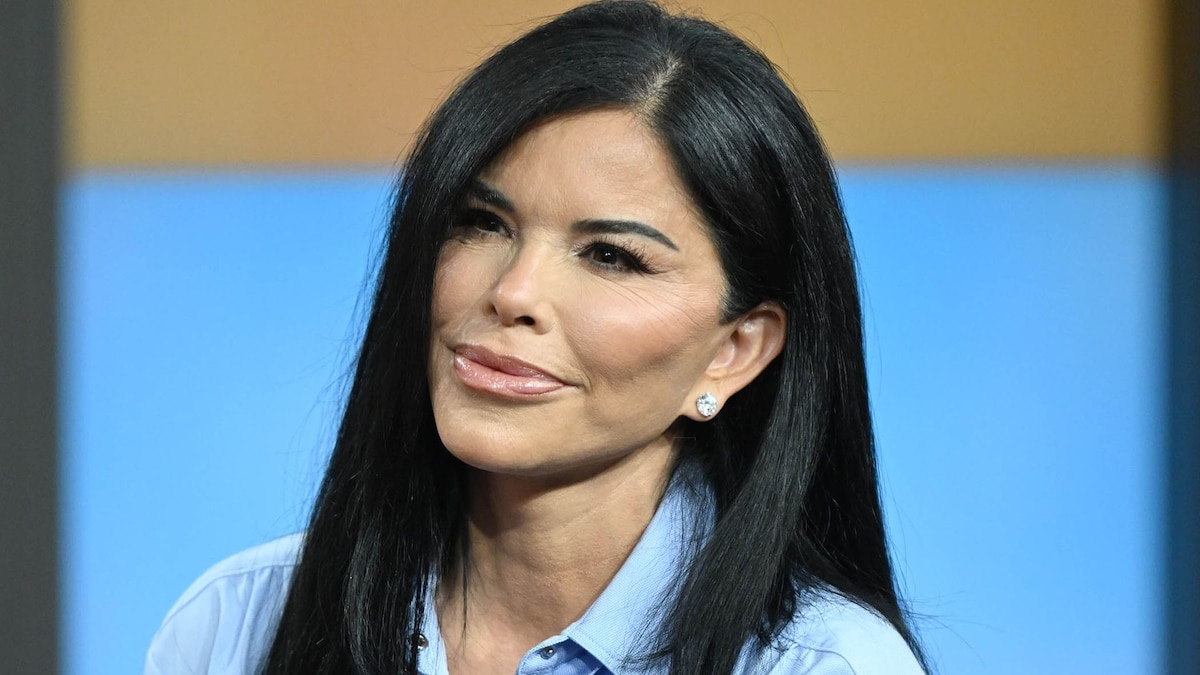Larkspurs were a favorite of mine as a child, 70 plus years ago. It seemed all the flower gardens we visited had larkspur in their gardens. Historically larkspurs appear in Greek mythology and ancient Roman beliefs.
England and Transylvania used them for protection from ghosts, magic, lightning, and witches. Italy and the Pawnee tribe of North America had mythological beliefs of how the larkspur came to be. To learn more, visit the Penn State internet reference listed .

Larkspur is symbolic of a beautiful spirit, swiftness and generally of positivity and strong bonds of love. The flowers grow in groups along a single stalk and each flower has five petals and a protruding center or “spur.” Hence the name Larkspur.
This long, nectary spur protrudes backwards from the flower and is attractive to pollinators. Light airy foliage is blue-green and fern-like, adding to the beauty of the plant. Mature plants can be up to 3 or 4 feet tall.
In addition to the spur the flowers, when newly opened, sport a bunny head. The head is not as obvious on flowers which are not bicolor, but the shape of the bunny head remains. The bunny head is best seen as the flower opens since it loses its shape as it opens further.
If you are working on an easy maintenance garden, Larkspur should be in your plan. Although it is not a perennial, it easily reseeds as an annual. Sign up to get our free daily email of the biggest stories! Like other Texas wildflowers, it blooms early in spring, seeds in summer and germinates in fall but holds back until spring warmth prods it into quick growth.
It may need to be thinned early in its growth cycle to encourage stronger plants with better blooms. Deadheading will encourage even more blooms. The early blooms make it an important plant in a pollinator garden.
Bees and butterflies will be your reward as well as the colorful blooms. After the blooms are gone and seeds are disbursed, late emerging plants can take their place in the garden for fall blooms, another plus for pollinators. Seed packets can be purchased but are not as prolific as seeds gathered from local plants.
Ask a friend for seeds or buy them locally at garden markets or plant sales. Spread the seeds when they would naturally be disbursed, no later than October. Six hours of sun, some afternoon shade along with mild fertilization and well-drained soil will work the best.
Spring planting of seeds will not work in the Victoria area. The young seedlings may be difficult to distinguish from weeds until you become familiar with them. Do not mulch as it will be as effective on the desired seeds as it is keeping down weeds.
Most pre-emergent herbicides purchased in garden centers can be used at planting in seeded larkspur areas without fear of damaging larkspur germination and growth. Last but not least is the fact that Larkspur, like all Delphiniums, are highly toxic to humans causing digestive upset, nervous excitement and depression. It has been responsible for many cattle deaths in areas where it grows wild in pastures.
Deer avoid eating it which makes it desirable in areas of large deer populations..



















